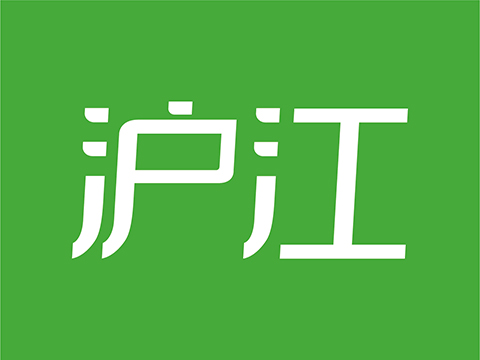一、 独立主格结构的概念 独立主格结构(Absolute Structure)是由名词或代词加上分词等构成的一种独立结构,用于修饰整个句子。独立主格结构中的名词或代词与其后的分词等构成逻辑上的主谓关系。这种结构与主句不发生句法上的联系,它的位置相当灵活,可置于主句前、主句末或主句中,常由逗号将其与主句分开。需特别注意的是,独立主格结构与主句之间不能使用任何连接词。
二、独立主格在句中通常充当以下状语成分:
1、 伴随状语(方式状语):相当于一个并列句。
He was watching TV, his mouth half open.
He fell to the ground, blood coming down his nose.
The policeman entered the dark room, gun in hand.
The old man sat down, his face pale with pain.
2、 时间状语:相当于一个时间状语从句。
Meeting over, everyone tried to do something for the project.
Spring coming, the flowers are coming out.
The problem settled, everyone was filled with joy.
3、 原因状语:相当于一个原因状语从句。
John (being) away, Tom had to do the work on his own.
It being dark, they had to walk with the torches on.
There being no bus, they had no choice but to take a taxi.
4、 条件状语:相当于一个条件状语从句。
Weather permitting, we’ll have a picnic this Sunday.
Enough time given, we’ll do the job better.
注:有时可以在独立主格前面加上介词with,构成with +复合宾语结构。
如:With the problem settled, the computer restarted.
With the old man leading, we had no difficulty finding the old Red Army man’s house.
You should not speak to others with your mouth full of food.
He left the bathroom, with the water running.
